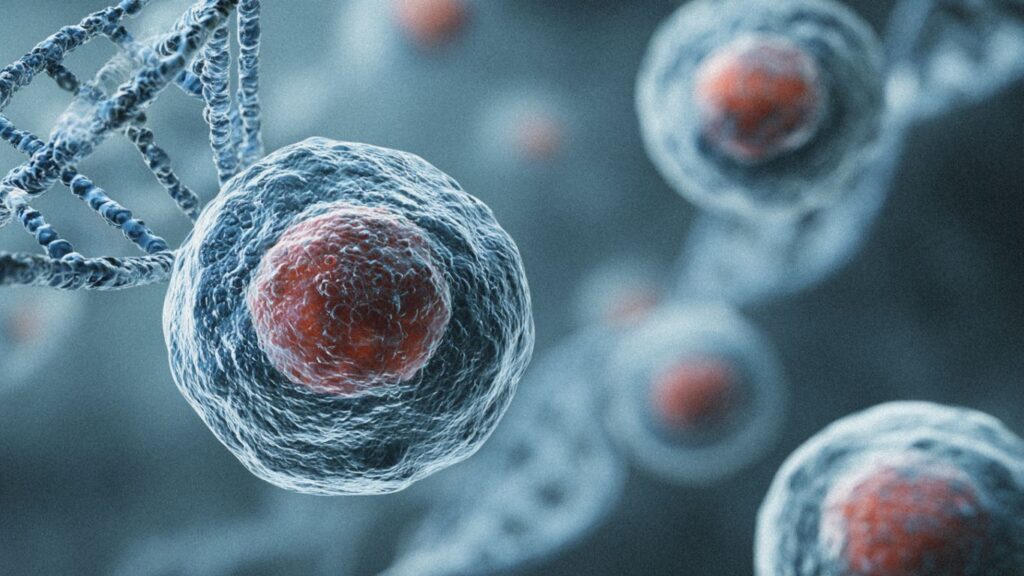Key Takeaways:
- Neurodegenerative diseases like Alzheimer’s, Parkinson’s, and ALS remain critical unmet needs in medicine.
- Biotech innovations, from gene therapies to biomarkers, are paving the way for groundbreaking treatments.
- Collaboration between biotech, academia, and regulators is accelerating progress.
Neurodegenerative diseases affect millions worldwide, with conditions like Alzheimer’s, Parkinson’s, and amyotrophic lateral sclerosis (ALS) representing some of the most challenging medical mysteries. These disorders are characterized by the progressive loss of nerve cells, leading to debilitating symptoms such as memory loss, motor dysfunction, and cognitive decline.
While traditional approaches to treating these diseases have focused on symptom management, the biotech industry is spearheading a shift toward targeting the underlying causes of neurodegeneration. Advances in gene therapies, biomarkers, and precision medicine are offering new hope for patients and their families.
Breakthrough Biotech Approaches
Gene Therapies
- What It Is: Gene therapies aim to repair or replace faulty genes that contribute to neurodegenerative diseases.
- Examples:
- Voyager Therapeutics is developing gene therapies for Parkinson’s disease, targeting the GBA1 mutation linked to disease progression.
- uniQure is working on treatments for Huntington’s disease by silencing the mutant huntingtin gene.
- Why It Matters: Gene therapies offer a potential one-time treatment that targets the root cause of disease, rather than just managing symptoms.
Biomarkers for Early Detection
- What It Is: Biomarkers are measurable indicators of biological processes or disease states, helping identify neurodegenerative diseases in their earliest stages.
- Examples:
- The Alzheimer’s drug Leqembi (lecanemab) was approved based on its ability to reduce amyloid plaques, identified through PET scans and cerebrospinal fluid biomarkers.
- Biohaven Pharmaceuticals is leveraging biomarkers for migraine and neurological disorders to improve patient outcomes.
- Why It Matters: Early detection allows for intervention before significant damage occurs, potentially slowing disease progression.

Proteasome Activation
- What It Is: Proteasome activation enhances the cell’s ability to clear out misfolded or toxic proteins, which are often linked to neurodegenerative diseases.
- Examples:
- Booster Therapeutics is exploring proteasome activation to combat the toxic protein buildup seen in Alzheimer’s and ALS.
- Why It Matters: This approach offers a new way to address protein aggregation, a hallmark of many neurodegenerative conditions.
Regenerative Medicine and Cell Therapies
- What It Is: Using stem cells or engineered cells to replace damaged neurons or restore their function.
- Examples:
- BlueRock Therapeutics is developing cell therapies to regenerate dopaminergic neurons in Parkinson’s disease.
- Why It Matters: Regenerative therapies have the potential to reverse damage, rather than merely halting disease progression.
The Role of AI in Neurodegenerative Research
Artificial intelligence (AI) is transforming neurodegenerative research by:
- Analyzing Large Datasets: AI algorithms process complex genomic, imaging, and biomarker data to identify patterns linked to disease.
- Drug Repurposing: AI accelerates the identification of existing drugs that could be repurposed for treating neurodegenerative diseases.
- Clinical Trial Optimization: AI identifies suitable patient populations for trials, reducing the risk of failure in late-stage studies.
Companies like Insilico Medicine and DeepMind are leading efforts to integrate AI into neurodegenerative disease research.

Challenges in Developing Treatments
- Complexity of Neurodegenerative Diseases
- Each condition involves multiple pathways and mechanisms, making it difficult to pinpoint a single therapeutic target.
- Each condition involves multiple pathways and mechanisms, making it difficult to pinpoint a single therapeutic target.
- Clinical Trial Challenges
- Patient variability, slow disease progression, and limited biomarkers make designing and conducting trials particularly challenging.
- Patient variability, slow disease progression, and limited biomarkers make designing and conducting trials particularly challenging.
- Regulatory and Ethical Considerations
- Innovative therapies like gene editing require new regulatory frameworks, and ethical concerns around irreversible interventions must be addressed.
Promising Developments on the Horizon
- Multi-Target Therapies: Biotechs are developing drugs that address multiple pathways simultaneously, improving their chances of success.
- Liquid Biopsies: Emerging technologies could allow for non-invasive testing of biomarkers, making early detection more accessible.
- Collaboration Across Sectors: Partnerships between biotech companies, academia, and regulators are accelerating progress.
Conclusion
The fight against neurodegenerative diseases is one of the most significant challenges facing modern medicine. However, the biotech industry’s innovative approaches—from gene therapies to proteasome activation—are driving progress at an unprecedented pace.
While challenges remain, the collaborative efforts of researchers, companies, and regulators are paving the way for therapies that could transform the lives of millions of patients. With continued advancements in precision medicine, biomarkers, and AI, the future holds immense promise for tackling these devastating diseases.



